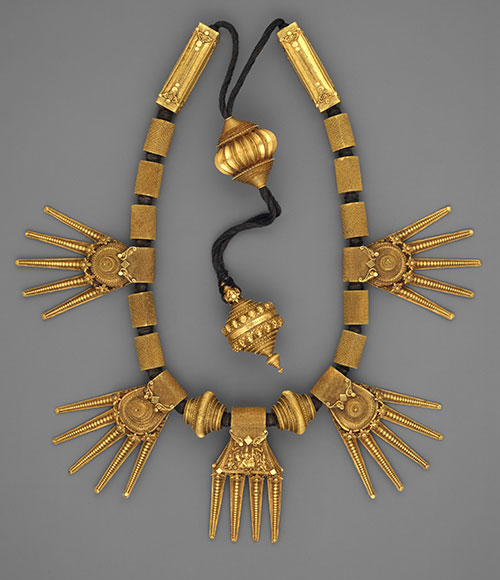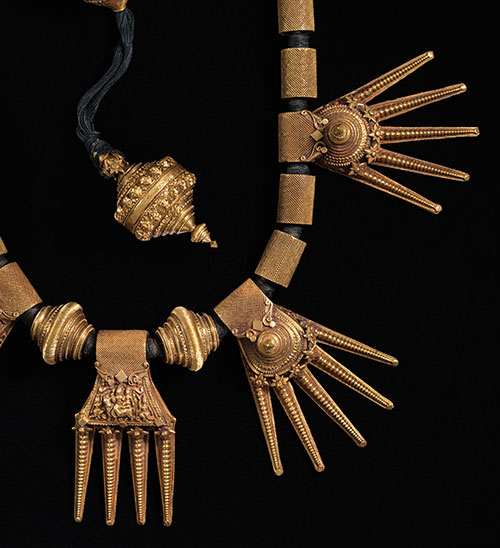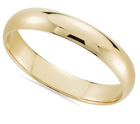 Indian brides receive a very beautiful, costly, and meaningful wedding present from their grooms. It is a special marriage necklace, usually made from solid gold. But this is not merely an expensive jewelry piece, but a talisman that is believed to ward off the evil eye, bring good luck and prosperity, and even normalize her blood pressure. Although, I think any woman’s blood pressure and mood would improve if she got such lovely jewelry as a gift of love!
Indian brides receive a very beautiful, costly, and meaningful wedding present from their grooms. It is a special marriage necklace, usually made from solid gold. But this is not merely an expensive jewelry piece, but a talisman that is believed to ward off the evil eye, bring good luck and prosperity, and even normalize her blood pressure. Although, I think any woman’s blood pressure and mood would improve if she got such lovely jewelry as a gift of love!
This marriage necklace has many names in different Indian areas – thali, thirumangalyam, minnu, vati, etc. But the main features of this jewelry item are the same – it consists of a black thread or cord and gold beads, pendants, etc. By the way, black symbolizes God Shiva and gold Goddess Parvati.
Indian grooms present their brides with such a necklace on the wedding day to show their love and respect for the woman. And this piece becomes a part of the bride’s dowry. People believe that such a marriage necklace brings good luck, prosperity, and happiness. It is also a charm that wards off the evil eye and protects the bride from negative energies. Every bride values her marriage necklace highly, and it is a very bad omen to break or lose it.
This tradition has been in India for millennia. And still, even today, the local grooms prepare a specific gold necklace for their brides, respecting the tradition and showing their love in such an exquisite way.
The design of marriage necklaces can be diverse. For example, here is a massive and strikingly beautiful thali from the late 19th century. It originates from the Indian Tamil Nadu state. The pendants on this jewelry piece are so intricate!


Indian marriage necklace or thali, the late 19th century. From The Met
According to The Met Museum, “this form of necklace is known as a Kali-Tiru; the elaborate Thali type, as seen here, generally includes a central Shiva and Parvati on a medallion. The four fingers of the central pendant are understood as denoting the four Vedas”.

